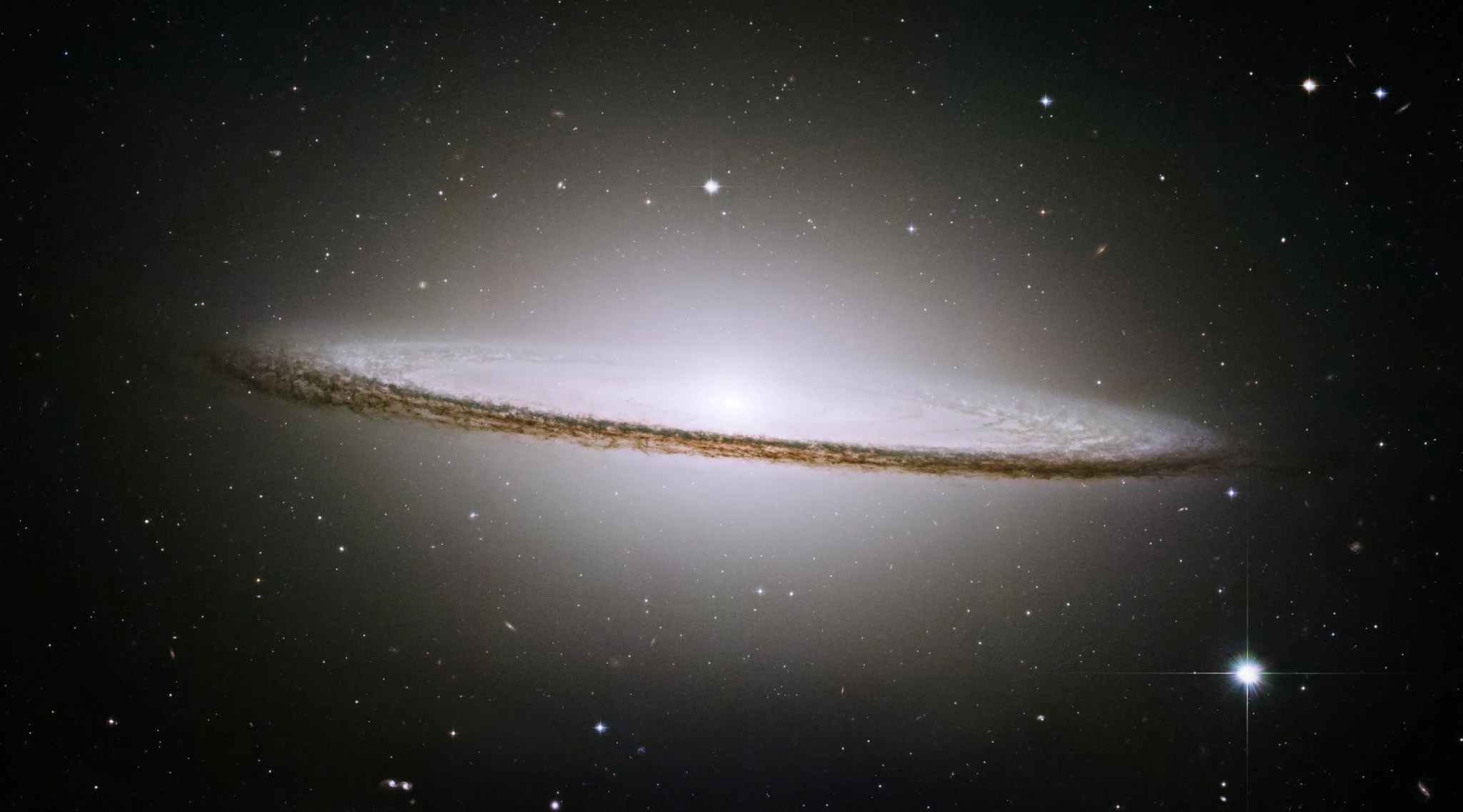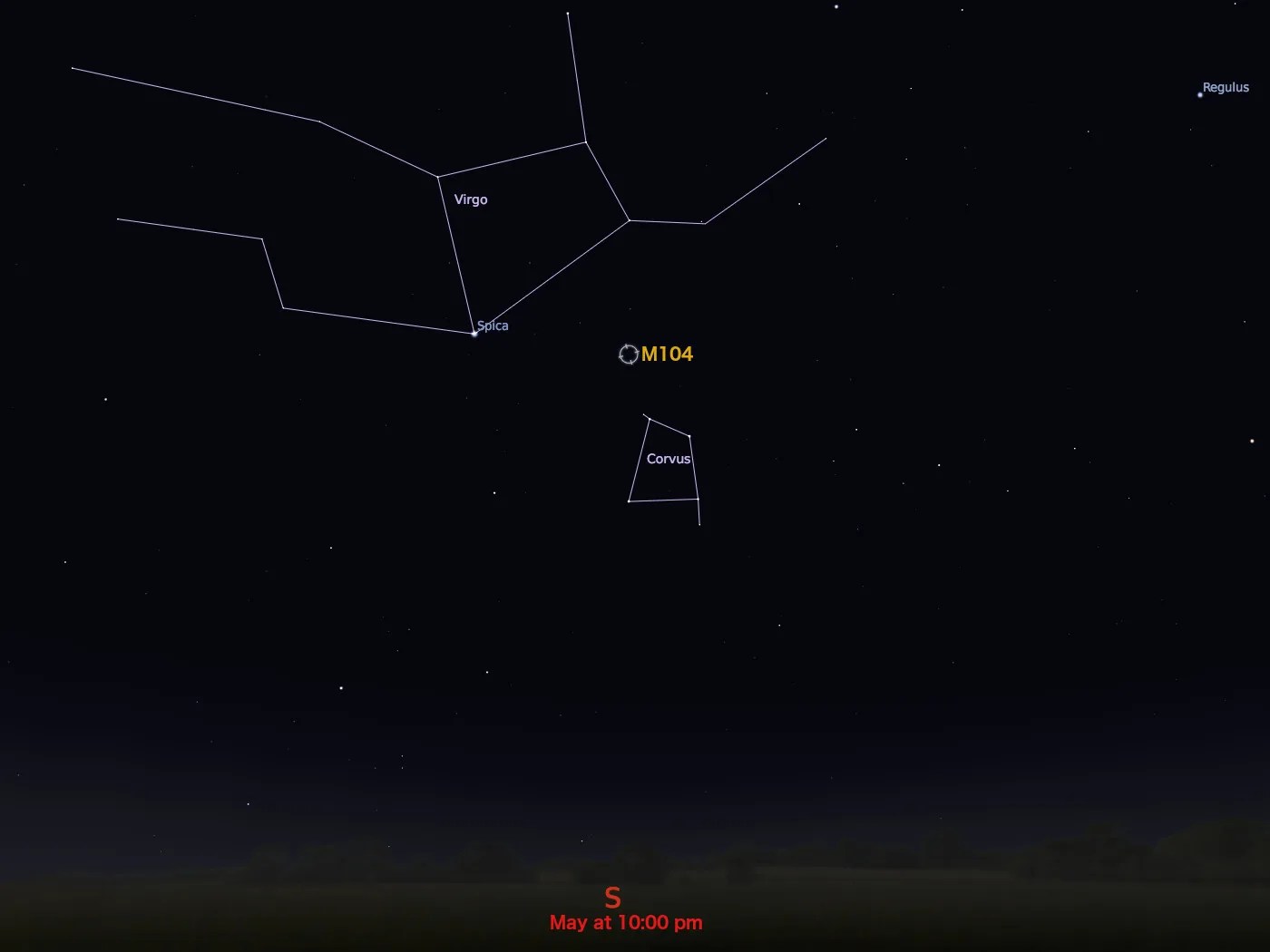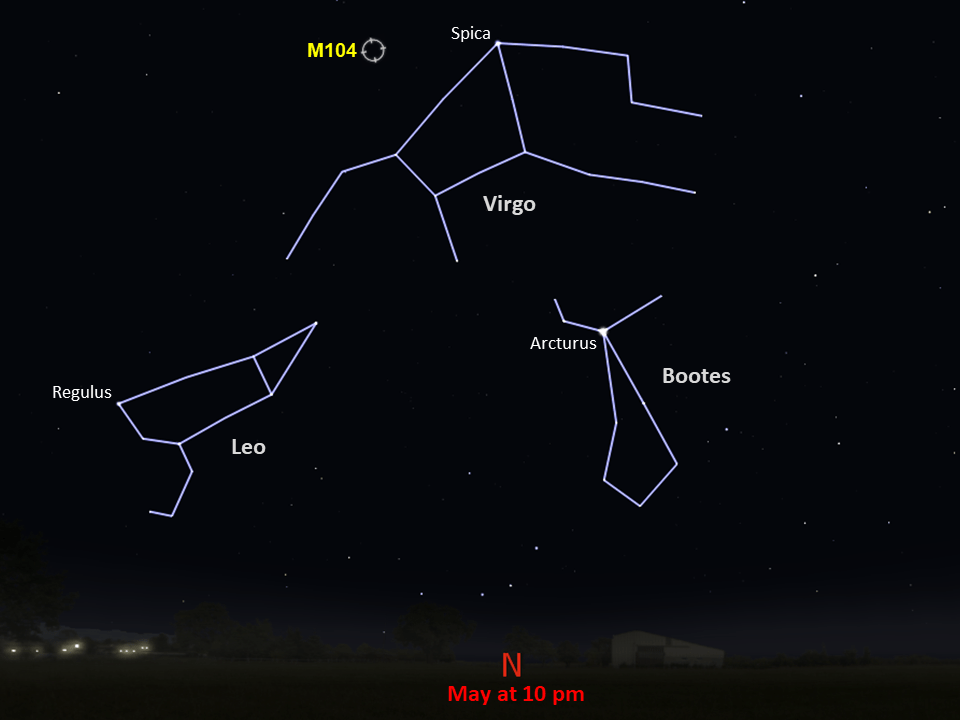Messier 104
Hubble easily resolves some of the Sombrero Galaxy’s roughly 2,000 globular clusters.
Distance
28 million light-years
Apparent Magnitude
8.0
constellation
Virgo
object type
Spiral Galaxy
This stunning Hubble image of M104, better known as the Sombrero Galaxy, is one of the largest mosaics ever assembled from Hubble observations. The hallmark of the nearly edge-on galaxy is a brilliant, white, bulbous core encircled by thick dust lanes comprising the spiral structure of the galaxy. This dust lane is the site of star formation in the galaxy.
Hubble easily resolves the Sombrero Galaxy’s rich system of globular clusters, estimated to be nearly 2,000 in number — 10 times more than the number of globular clusters in our Milky Way Galaxy. The ages of the clusters are similar to those in the Milky Way, ranging from 10-13 billion years old. Embedded in the bright core of M104 is a smaller disk (not visible in the image), which is tilted relative to the large disk. X-ray emission suggests that there is material falling into the compact core, where a massive black hole resides.
With an apparent magnitude of 8, the Sombrero Galaxy is beyond the limit of naked-eye visibility but can be spotted through small telescopes most easily during May. M104 is located 28 million light-years away in the constellation Virgo, and with a mass equal to 800 billion suns, it is one of the most massive objects in the Virgo galaxy cluster.
M104 was discovered in 1781 by the French astronomer and comet hunter Pierre Méchain, one of Charles Messier’s colleagues.
For more information about Hubble’s observation of M104, see:
- Hubble Provides New View of Galactic Favorite
- Heritage Project Celebrates Five Years of Harvesting the Best Images from Hubble Space Telescope
Explore Hubble's Messier Catalog
The following pages contain some of Hubble’s best images of Messier objects.

Overview The Messier catalog, begun by astronomer Charles Messier in the 18th Century and revised over the years, includes some…
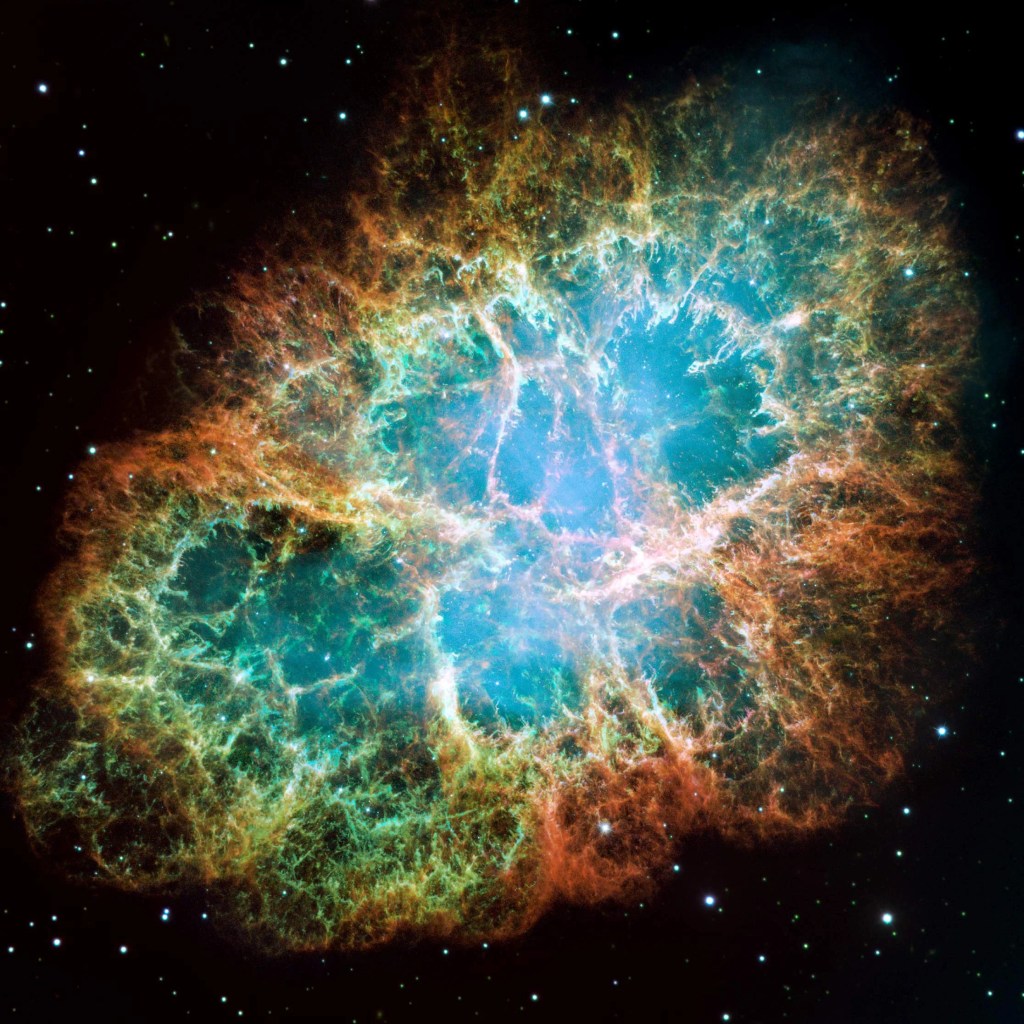
Better known as the Crab Nebula, Charles Messier originally mistook Messier 1 for Halley’s Comet, which inspired him to create…
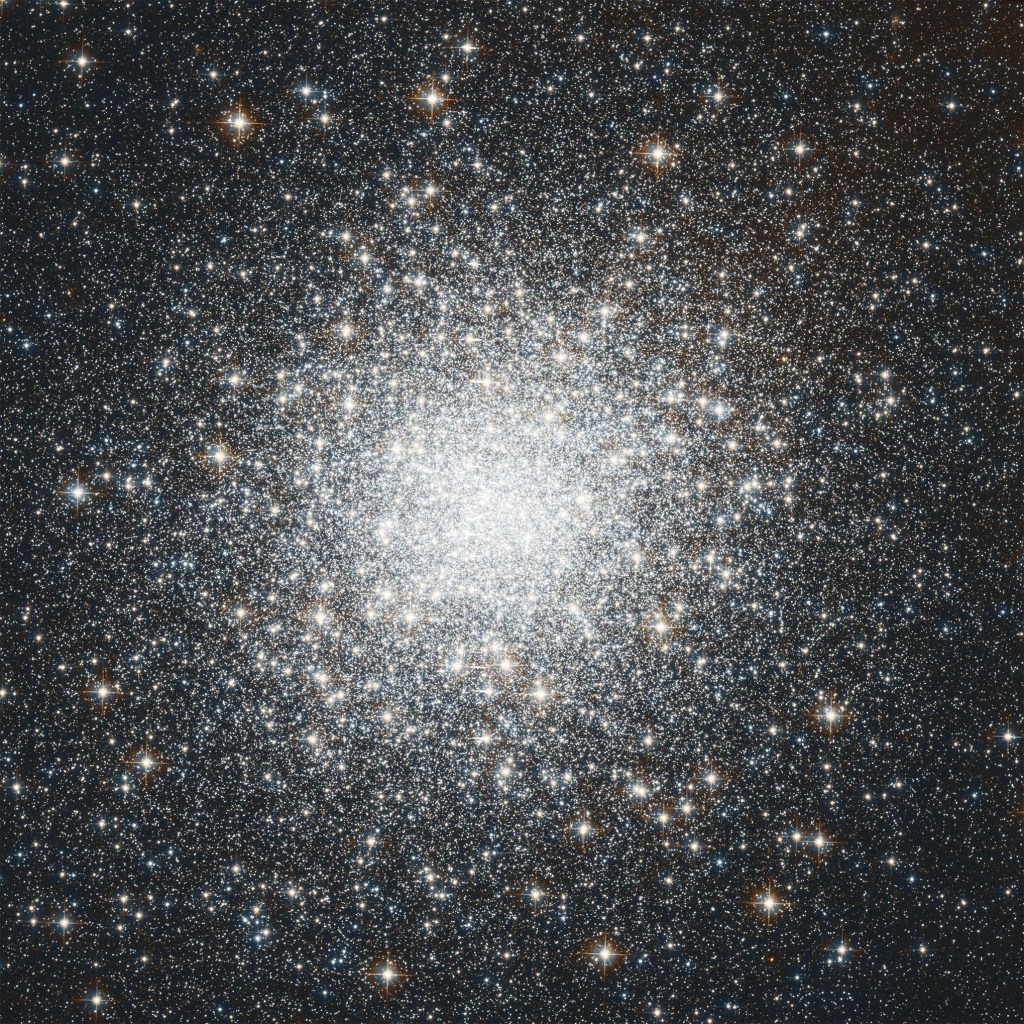
Hubble's image of Messier 2 is comprised of visible and infrared wavelengths of light.




























